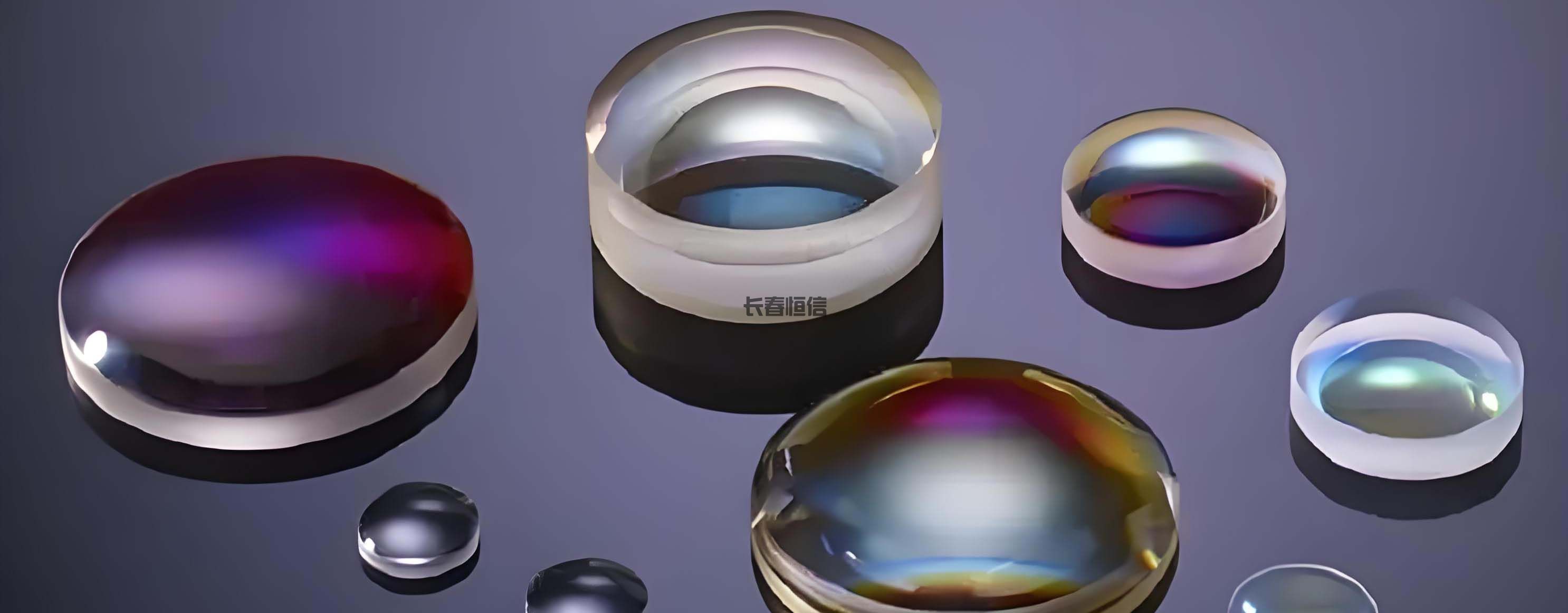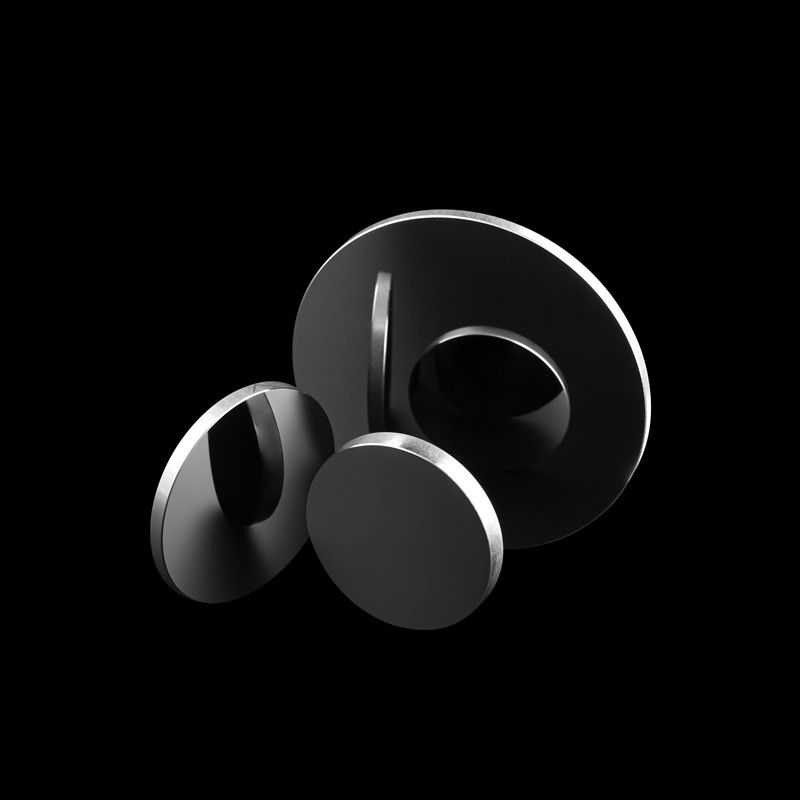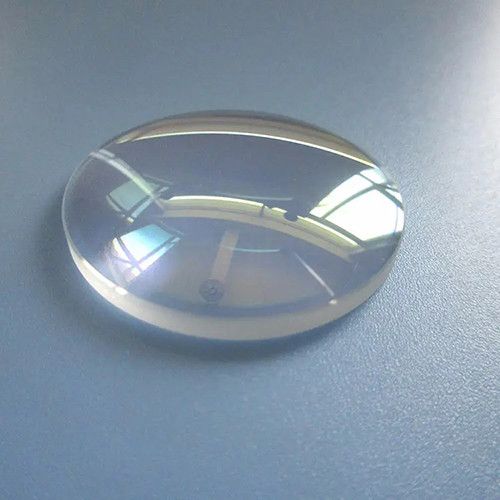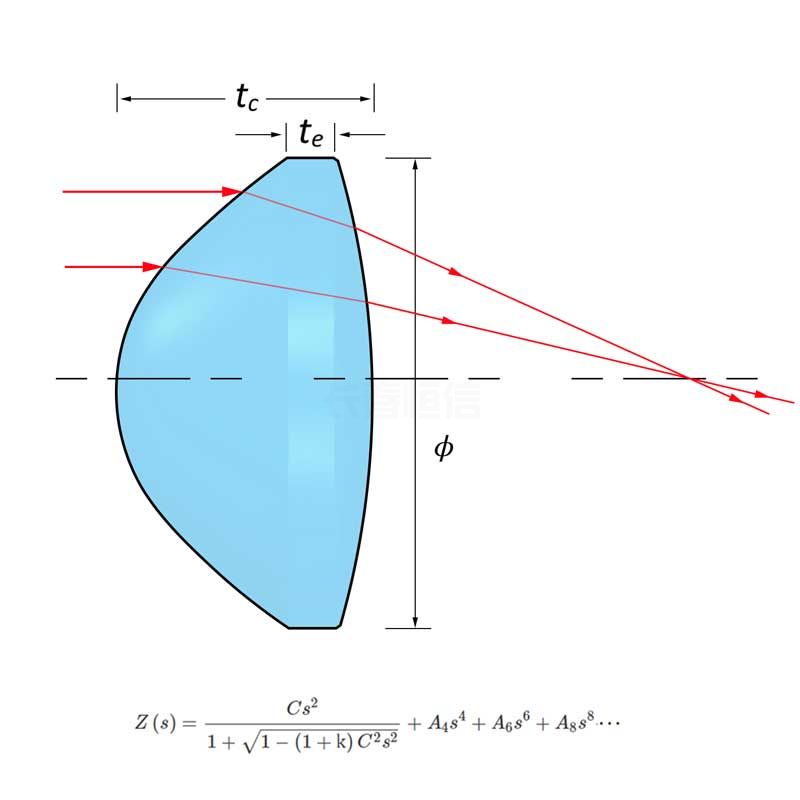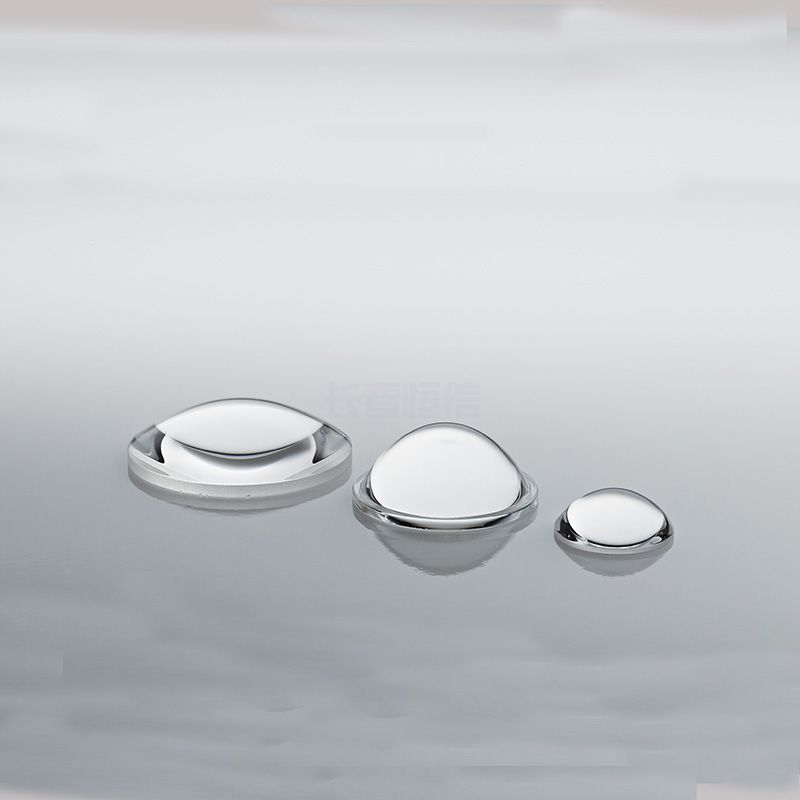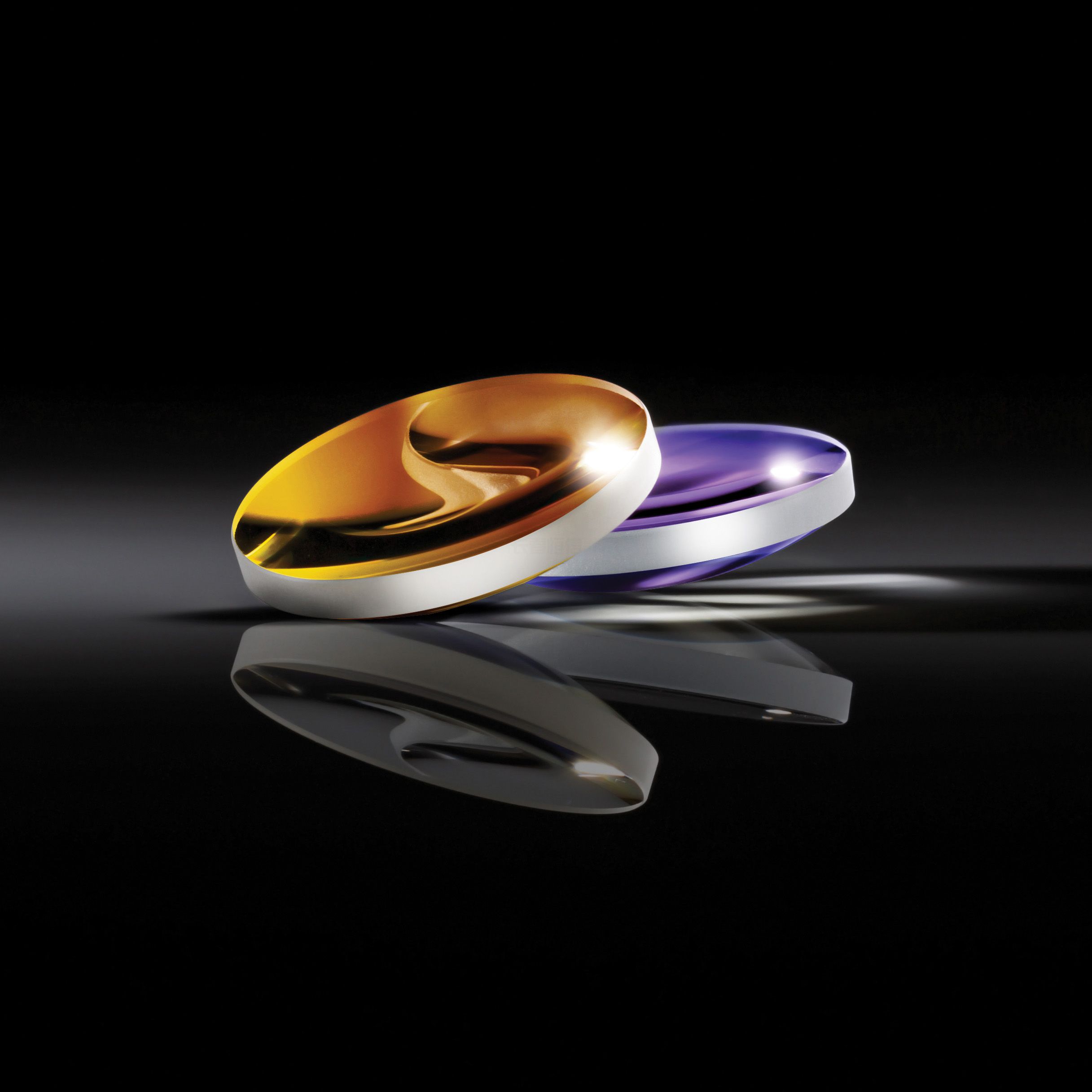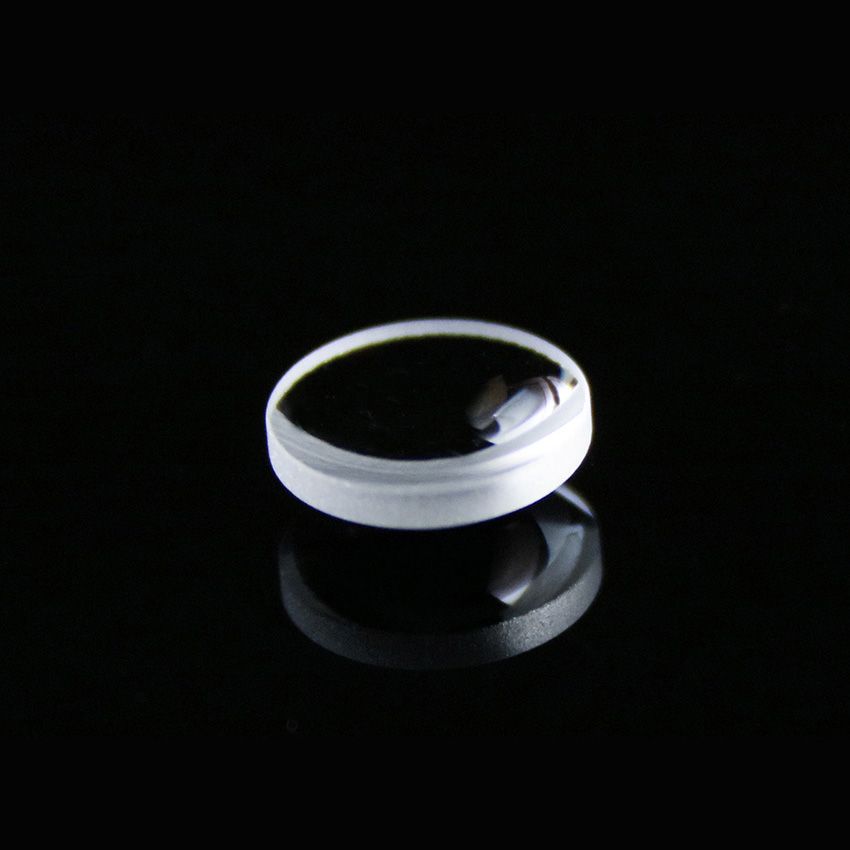Aspherical lens
An aspheric lens is a type of lens that differs from the traditional spherical or cylindrical shape. It boasts complex and asymmetrical curves that allow it to correct common lens problems like distortion, peripheral astigmatism, and spherical aberration.
Aspheric lenses have several advantages over conventional lenses, including improved accuracy in the light collection and the ability to eliminate spherical chromatic aberration. Additionally, they have a simple structure that can replace multi-lens systems, reducing weight, volume, and cost. Unlike traditional lenses, aspheric lenses have varying radii of curvature from the center to the surface’s edge. This unique feature enables them to eliminate errors that standard lenses cannot.
The use of aspheric lenses has two major advantages: one is to improve the imaging quality of the entire optical system; the other is to reduce the weight and size of the finished product. Advantages include a reduced number of back reflections that occur in the system resulting in higher total light transmission, reduced system heating when some kilowatt-level high power light is transmitted, advanced process technology reduces damage to subsurface layers, the spherical surface is precisely polished to improve the collimation accuracy.
| Material | BK7 and Fused silica typically, Visible optical glass, Infrared optical glass. | |||
| Tolerances | Low precision | Standard Precision | High precision | |
| Glass Quality | nd | ±0.001 | ±0.0005 | Melt controlled |
| vd | ±0.8% | ±0.3% | Melt controlled | |
| Dimension Tolerance (mm) | ±0.20 | ±0.10 | +0.01/-0.01 | |
| Radius Tolerance (R) | 1% | 0.5% | 0.3% | |
| Scratch-Dig | 80-50 | 60-40 | 20-10 | |
| Wave front Distortion at 632.8nm | λ per 25mm | λ/4per 25mm | λ/10 per 25mm | |
| Clear Aperture | 80% | 90% | 95% | |
| Bevel | 0.3±0.10mmx45°or upon requirement | 0.1±0.10mmx45° | ||
| Coating | Coating may be available by custom order | |||






